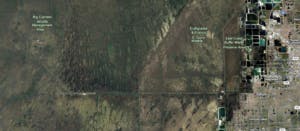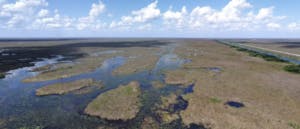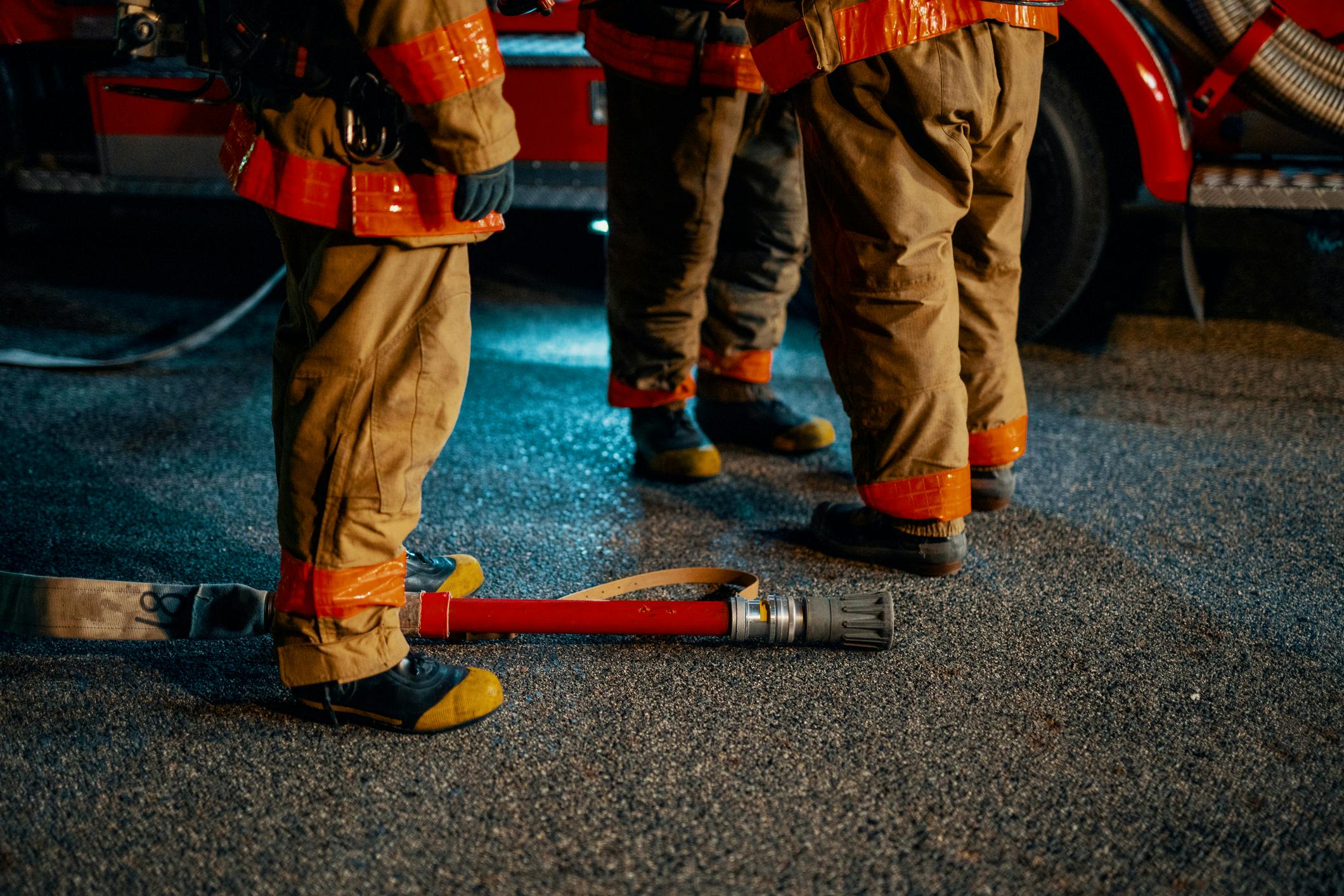Why It Might Be Impossible For Illegals To Escape Florida’s ‘Alligator Alcatraz’

President Donald Trump is set to visit Florida’s newest illegal alien detention facility — dubbed “Alligator Alcatraz” — later today. Officials say the site will not only increase the federal government’s holding capacity, but also provide ICE with a detention facility that is nearly impossible to break out of.
Live Your Best Retirement
Fun • Funds • Fitness • Freedom
Construction began on the location, an old aircraft training site, in early June, and the facility is expected to have space for around 5,000 illegal aliens. It is expected to be operational this week and will include laundry facilities, air conditioning, and medical care.
The facility’s construction costs, Department of Homeland Security officials say, will be paid for in part by FEMA funds that were used under the Biden administration to house illegal aliens in hotels.
The site’s nickname is a nod to the harsh conditions that made escape from the notorious California prison, Alcatraz, incredibly treacherous and virtually impossible. Though Alligator Alcatraz isn’t tucked away on an island like its namesake, the facility’s security is similarly bolstered by a harsh landscape that would require escapees to contend with the forces of nature.
Satellite images indicate that the ICE detention facility is being built at the Dade-Collier Training and Transition Airport, a 39-square-mile site nestled deep within Florida’s Everglades, a nearly 40 mile drive from Miami.
Illegal aliens detained at the new ICE facility have little hope of escape. If they were to make it out of the detention facility’s walls, they’d be forced to navigate forests, marshes, challenging terrain, and a variety of fearsome predators — including, but not limited to, alligators — as they make a grueling trek towards civilization.
Both White House Press Secretary Karoline Leavitt and Florida Governor Ron DeSantis touted the security of the site, and the natural deterrents that await illegal aliens who somehow break out of the facility.
“There is only one road leading in and the only way out is a one-way flight,” Leavitt noted. “It is isolated, and surrounded by dangerous wildlife in unforgiving terrain.”
“They ain’t going anywhere once they’re there, unless you want them to go somewhere,” DeSantis added. “Because good luck getting to civilization. So the security is amazing — natural and otherwise.”
If illegal alien escapees were somehow able to walk along the one road connecting the facility to the western edge of Miami, it would take anywhere from 10 to 12 hours to make it to the city on foot. But the route would almost certainly result in their recapture, forcing escapees to brave the surrounding marshlands, waterways, forests, and swamps that separate Alligator Alcatraz from the city.
Satellite images show the facility — the long vertical runway on the west side of the map — up against a sprawling marsh.

Google Earth Screenshot
The few available Google Earth images show vast, open lakes and waterways that only appear navigable by airboat and would be virtually impossible to traverse without specialized equipment, even if one was fortunate enough to evade predatory wildlife.

Google Earth Screenshot
The Everglades are home to several predators, perhaps most notably, the American alligator. Growing up to 15 feet long and weighing up to 1,100 pounds, the American alligator is among the most fearsome animals on the North American continent and the species is known to be common in the Everglades.
“Do not swim, snorkel, or dive … in any canal, pond, freshwater lake, marked channel, or boat basin,” the National Park Service warns visitors to the Everglades.
Escapees from the ICE detention facility would also run the risk of encountering the Burmese python, an invasive species with no natural predators in the region that can grow up to 20 feet long.
Experts aren’t sure just how many Burmese pythons are roaming around the Everglades, with Rory Feeney, the bureau chief of land resources at the South Florida Water Management District, saying that “it could be tens of thousands, or it could be hundreds of thousands.” The population is so difficult to estimate, experts say, because of the challenging and often inaccessible terrain of the Everglades. The Everglades are also home to the black bears and a dwindling number of Florida panthers.
“It presents an efficient, low-cost opportunity to build a temporary detention facility because you don’t need to invest that much in the perimeter,” Florida Attorney General James Uthmeier said of Alligator Alcatraz. “If people get out, there’s not much waiting for them other than alligators and pythons.”
Originally Published at Daily Wire, Daily Signal, or The Blaze
What's Your Reaction?
 Like
0
Like
0
 Dislike
0
Dislike
0
 Love
0
Love
0
 Funny
0
Funny
0
 Angry
0
Angry
0
 Sad
0
Sad
0
 Wow
0
Wow
0












































































